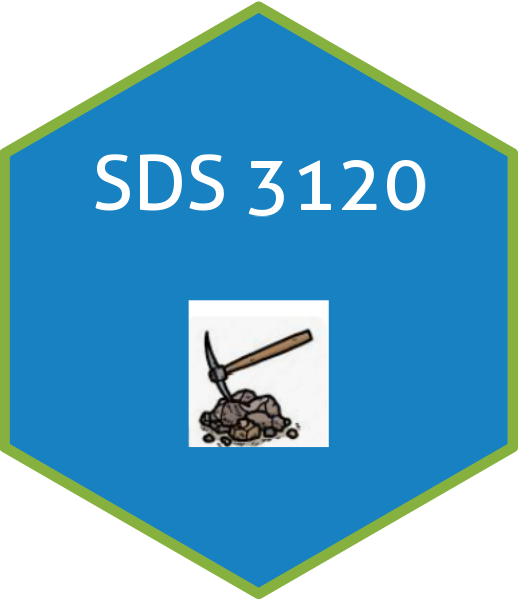Lecturer
- Dr. Mutua Kilai
- Academic Block
Course details
- Every Tuesday
- May 2024 - August 2024
- 4.00PM- 6.00PM
- Virtual

Course Purpose
The purpose of the course is to equip learners for developing, manipulating, recovering and maintaining databases.
Learning Outcomes
At the end of the course the learner should be able to:
- Explain the concepts of data mining
- Apply mining on different kinds of data
- Apply mining on different kinds of knowledge
- Discuss principles of pattern analysis and machine learning
- Demonstrate representation discovery using Harmonic Analysis
This class will expose you to R and Python the leading programming languages in this century.
This module provides an introduction to the basic ideas and methods of mathematical data mining. In this course, we will consider the following problems: classification, cluster and outlier analysis, mining time-series and sequence data, text mining and web mining, pattern analysis.
A lecture-based module open to all students with a suitable grounding. It covers the fundamental data mining ideas (clustering, support vector machine analysis, semi-supervised learning, information retrieval, collaborative filtering, harmonic analysis) and the most important algorithms (the k-means algorithm, support vector machines, PageRank algorithm, k-nearest neighbor classification, Naive Bayes).
Course Materials
All of the readings in this course are free. R, RStudio and Python are free and available online.
R and RStudio
Python and Jupyter Notebook
To learn more on installing Python and Jupyter Notebook read here
Brief Video on Data Mining
Watch this video for brief insight on data mining.
Assignment and Course Assessment
You can find the set of class assignments on the assignment section
The course grades are as follows
| Grade | Range |
|---|---|
| A | 70-100 |
| B | 60-69 |
| c | 50-59 |
| F | 0-49 |
The pass mark is 50 and Above
For continuous assessment test they account 40% of the total score and they will be distributed as follows:
| Continuous Assessment | Contribution |
|---|---|
| Mini-project | 15% |
| Presentation | 10% |
| CAT | 10% |
| Assignments | 5% |